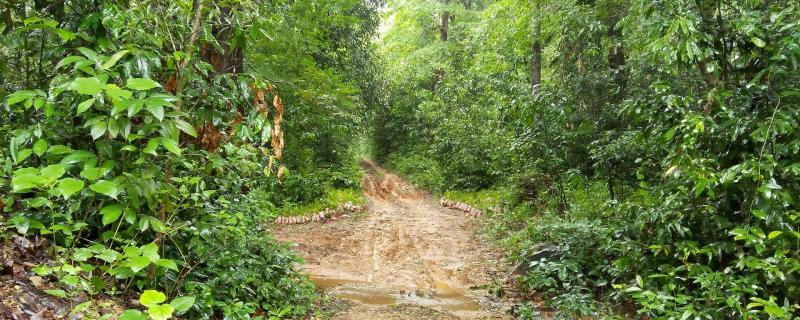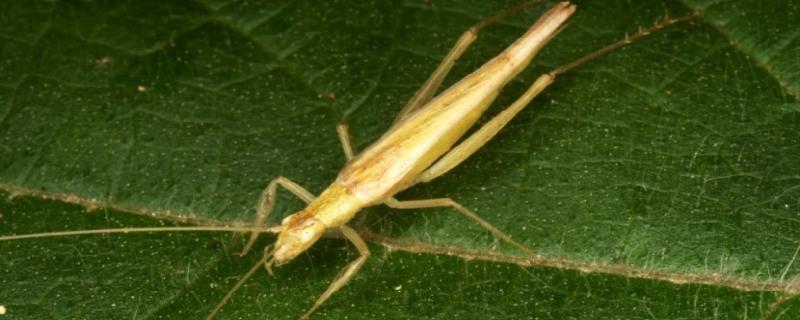Scientists survey rural areas of Maharashtra for the most suitable agricultural strategies in the face of climate change
Image: Dolomedes indicus, Adult Female (left) and adult male (right). Credit: Authors https://doi.org/10.1038/s41598-025-26308-2
Wayanad/
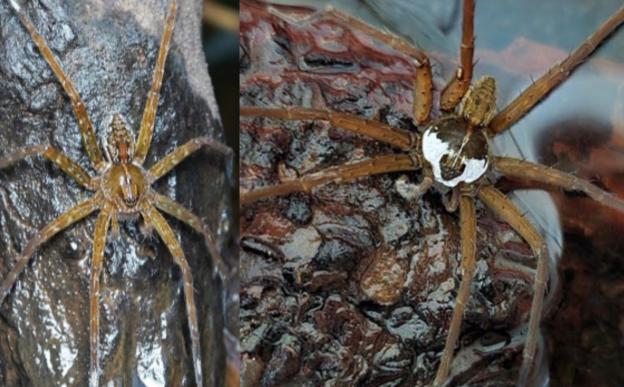
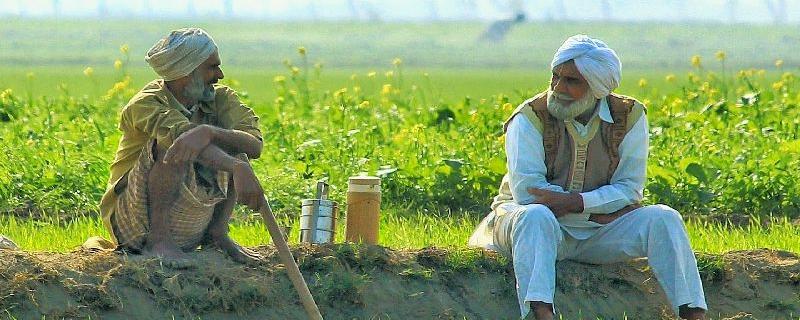
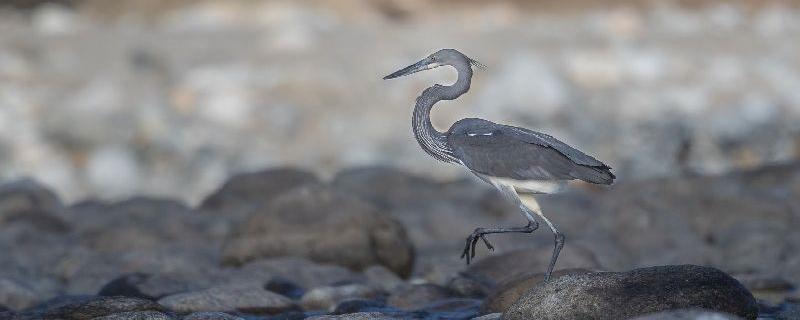
![An aerial view of the Tungabhadra dam in Karnataka [Image Credits: Bishnu Sarangi from Pixabay] Dams in the Western Ghats are altering the water and impacting the fish](/sites/researchmatters/files/styles/large_front_800x320/public/fishesalka1.jpg?itok=RmubcXkU)
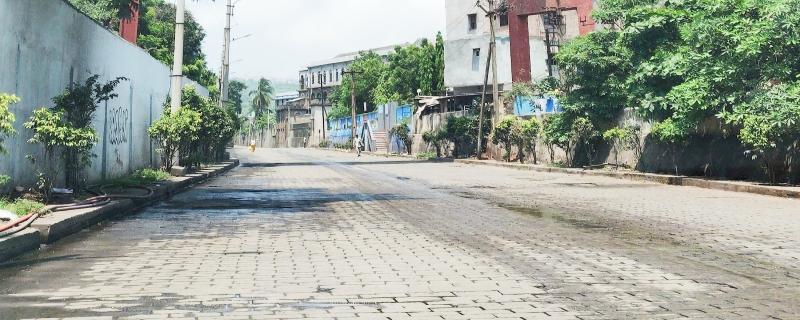
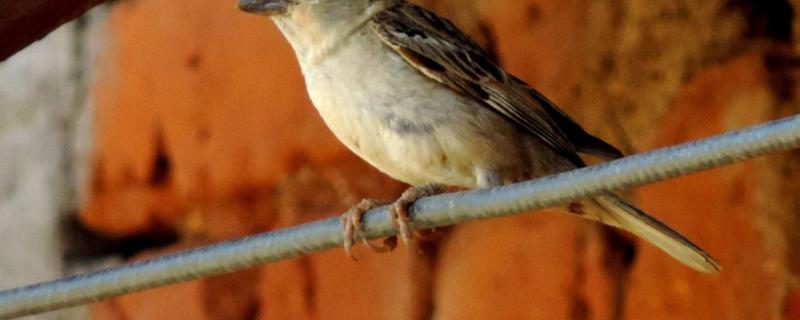
![Noctiluca blooms in the Arabian Sea, as seen from space. [Image Credits: Norman Kuring/NASA] Snow meltdown in the Himalayas is causing sparkling algal blooms in the Arabian Sea](/sites/researchmatters/files/styles/large_front_800x320/public/snow_meltdown1_result.jpg?itok=SvpLdu9A)
![Black-eared kite [Image credits: Dr. Nishant, Urvi, and the Black Kite Project] Every year, these raptors hovering Delhi’s landfills migrate across the Himalayas to Central Asia](/sites/researchmatters/files/styles/large_front_800x320/public/raptors_result.jpg?itok=3FQw0oS3)
